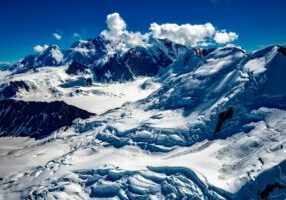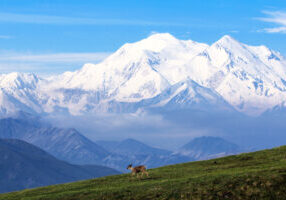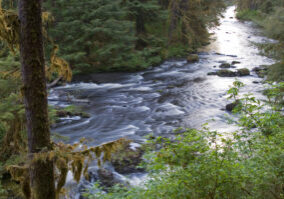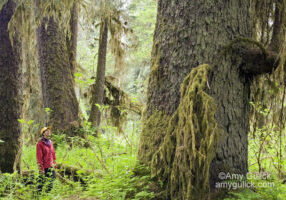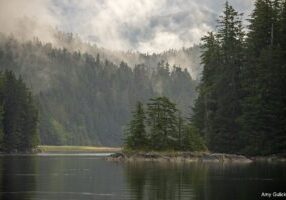TONGASS NATIONAL FOREST
Photo credit: Richard Spener
WHY TO LOVE THIS PLACE
At approximately 17 million acres, the Tongass National Forest is America’s largest national forest, encompassing the majority of the Alaska Panhandle in Southeast Alaska. Rising from the deep, rich waters of Alaska’s Inside Passage, Southeast Alaska is a land of ancient forests, mountains and glaciers with bountiful, diverse and unique wildlife.
LOCATION
DIVERSE WILDLIFE
The Tongass is home to humpback and orca whales, otters, beavers, Alexander Archipelago wolves and some of the largest, densest concentrations of brown bears and bald eagles found on the planet.
TONGASS WATERS
The many Tongass glaciers that can be seen today are remnants of the last ice age during the Pleistocene Epoch. The Tongass is also home to five species of salmon: king, red, silver, chum and pink.
GATEWAY TO ALASKA
The Tongass is the place to visit! Often referred to as the “Inside Passage” or the gateway to Alaska, commercial fishing, tourism and recreation are the fastest growing job sectors in Southeast Alaska.
AMERICA'S PUBLIC LAND
At approximately 17 million acres, the Tongass National Forest is America’s largest national forest. There are 19 designated wilderness areas within the Tongass, more than in any other national forest.
CARBON STOREHOUSE
The Tongass alone stores more than 1.5 billion metric tons of CO2-eq and sequesters an additional 10 million metric tons each year. It stores 8% of the total carbon in the forests of the United States.
LATEST TONGASS HIGHLIGHTS
THE FIGHT TO PROTECT THE TONGASS FROM OLD-GROWTH CLEARCUTS
In October 2020, the U.S. Forest Service under the Trump administration announced plans to issue a final Alaska-specific Roadless Rule, eliminating roadless protections for the Tongass National Forest and opening millions of acres of irreplaceable old-growth temperate rainforest to clearcut logging. Alaska state officials and congressional delegation are attempting to force a revival of large-scale clearcutting to resurrect an industry that supports less than one percent of the region’s economy. Thanks to widespread in-state and national support, the Biden administration re-instated the Roadless Rule in the Tongass, protecting this crucial landscape for generations to come.
However, the Roadless Rule only covers 9.4 million acres, so the remaining old growth and mature forests in the Tongass outside roadless areas remain under threat. These mature and old-growth trees provide invaluable habitat, cultural resources, and climate mitigation through carbon removal and storage. We look forward to working with our partners in Southeast Alaska and around the country as we work to make durable, holistic protections a reality for the Tongass, and support the ongoing work of the Southeast Alaska Sustainability Strategy (SASS).

